Design Nature
Using natural processes as a strategy for design. In nature nothing is free, the forms found within it are always a result of an economy of material and energy bringing way to the final result. The natural processes of life are in interrelation with a common cycle.
Martín Azúa continues to work on the research, which he started in 1999, with the project Natural Finish, when he placed jars made of porous ceramics in river beds, which allowed him to collect a natural stain. These objects were included in the exhibition Open Borders, commissioned by Droog Design. Also, in 2003, within the framework of his exhibition Neorrural, he presented a series of objects, including the Nest House, hunting shadows and biocolonizable textures. During the workshop Adobe Plus, which took place at the Ceu San Pablo in Valencia, various materials for construction, with the purpose of being inhabited by small animals, were conceptualized. In 2006, the exhibition Flod deliberated about nature’s strategies to grow and establish itself. With his installation the forest’s memory in IKEA products he visualized the natural origin of everything that surrounds us. In 2007, for the first time, he recreated a technological grotto at the SED pavilion of the Expo Zaragoza. In 2008 he received the FAD award in transient architecture for his installation Species in evolution, a project for the company Roca, presenting the design of a grotto-like bathroom, where technology collides with nature. With “The inner life” he claims an integration of natural processes in everyday life, life inside objects.
Using natural processes as a strategy for design. In nature nothing is free, the forms found within it are always a result of an economy of material and energy bringing way to the final result. The natural processes of life are in interrelation with a common cycle.
Martín Azúa continues to work on the research, which he started in 1999, with the project Natural Finish, when he placed jars made of porous ceramics in river beds, which allowed him to collect a natural stain. These objects were included in the exhibition Open Borders, commissioned by Droog Design. Also, in 2003, within the framework of his exhibition Neorrural, he presented a series of objects, including the Nest House, hunting shadows and biocolonizable textures. During the workshop Adobe Plus, which took place at the Ceu San Pablo in Valencia, various materials for construction, with the purpose of being inhabited by small animals, were conceptualized. In 2006, the exhibition Flod deliberated about nature’s strategies to grow and establish itself. With his installation the forest’s memory in IKEA products he visualized the natural origin of everything that surrounds us. In 2007, for the first time, he recreated a technological grotto at the SED pavilion of the Expo Zaragoza. In 2008 he received the FAD award in transient architecture for his installation Species in evolution, a project for the company Roca, presenting the design of a grotto-like bathroom, where technology collides with nature. With “The inner life” he claims an integration of natural processes in everyday life, life inside objects.
Photographies Martín Azúa
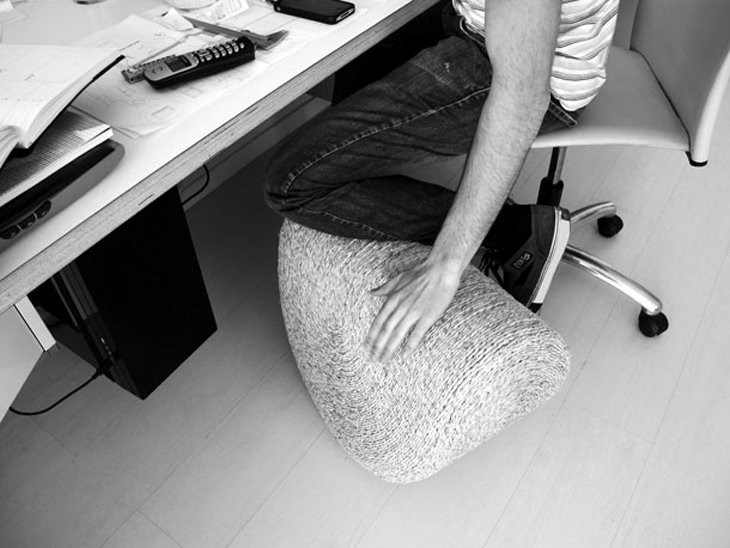 PHOTOGRAPHY BY MARTÍN AZÚA
PHOTOGRAPHY BY MARTÍN AZÚA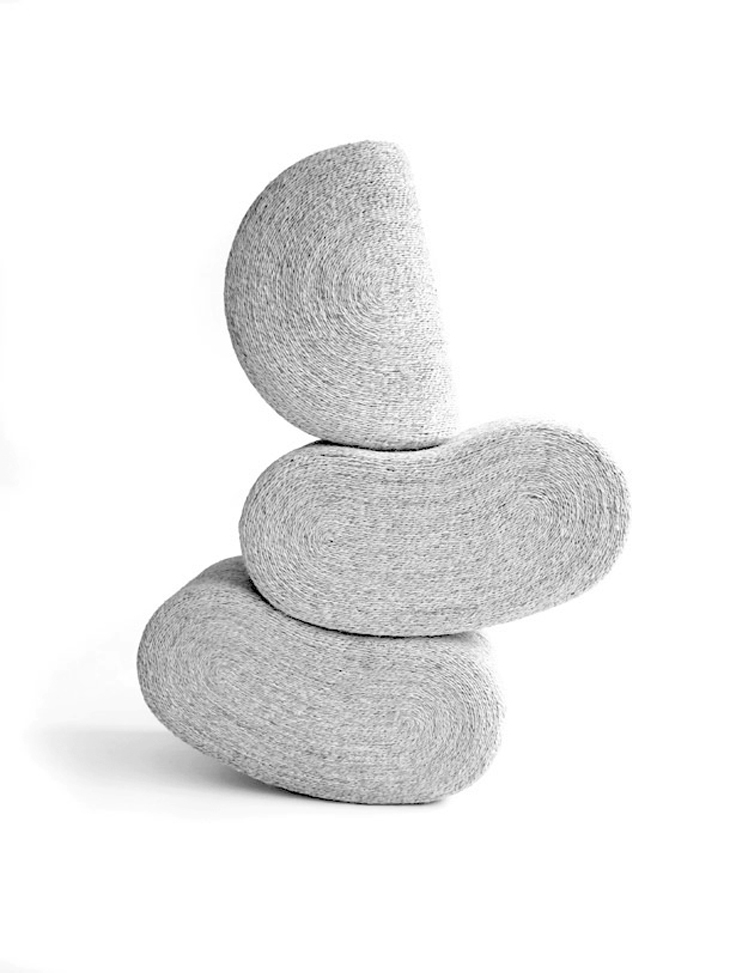 PHOTOGRAPHY BY MARTÍN AZÚA
PHOTOGRAPHY BY MARTÍN AZÚA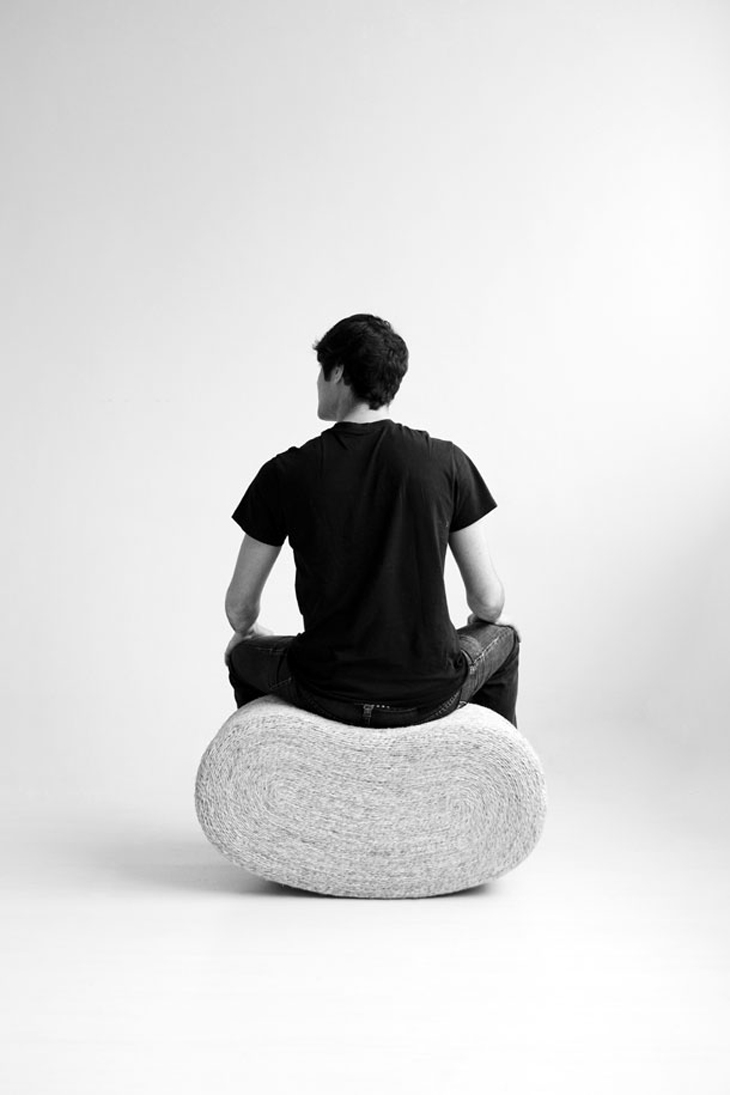 PHOTOGRAPHY BY MARTÍN AZÚA
PHOTOGRAPHY BY MARTÍN AZÚA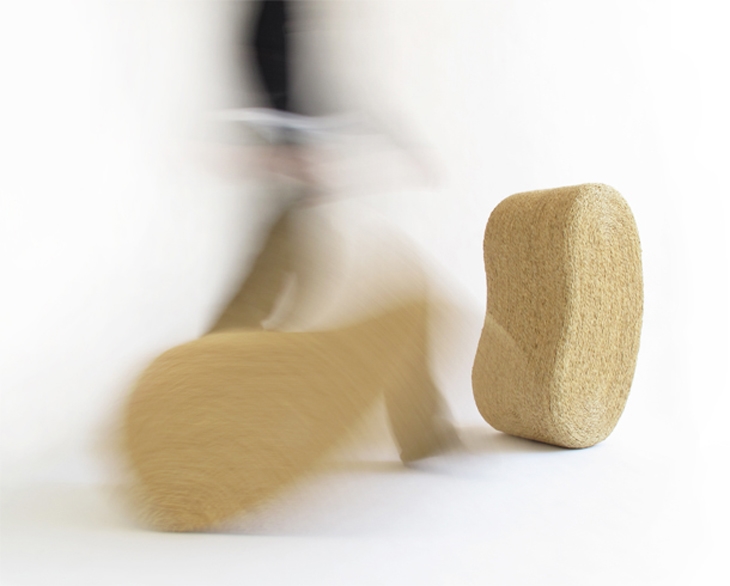 PHOTOGRAPHY BY MARTÍN AZÚA
PHOTOGRAPHY BY MARTÍN AZÚA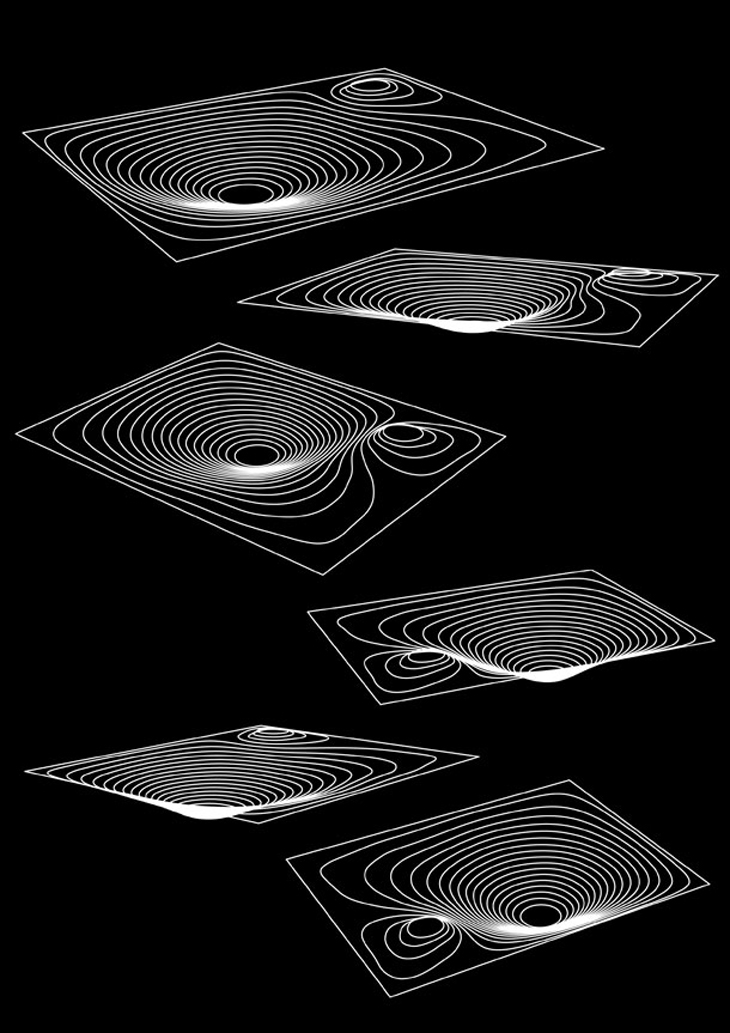 (C) MARTÍN AZÚA
(C) MARTÍN AZÚA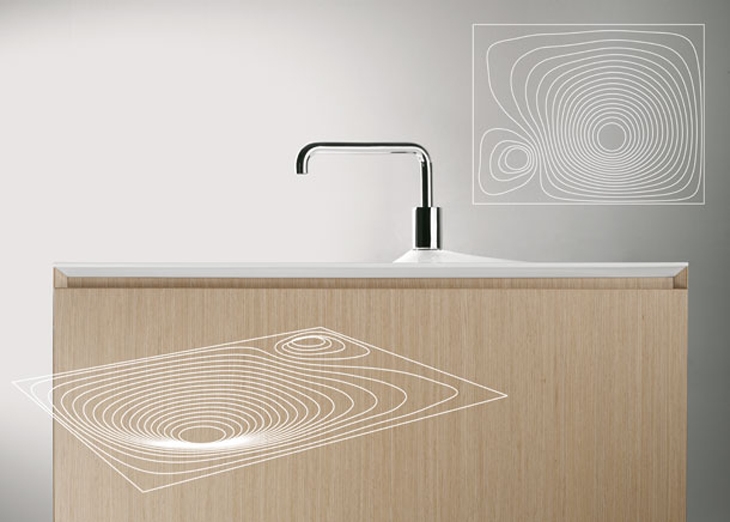 (C) MARTÍN AZÚA
(C) MARTÍN AZÚA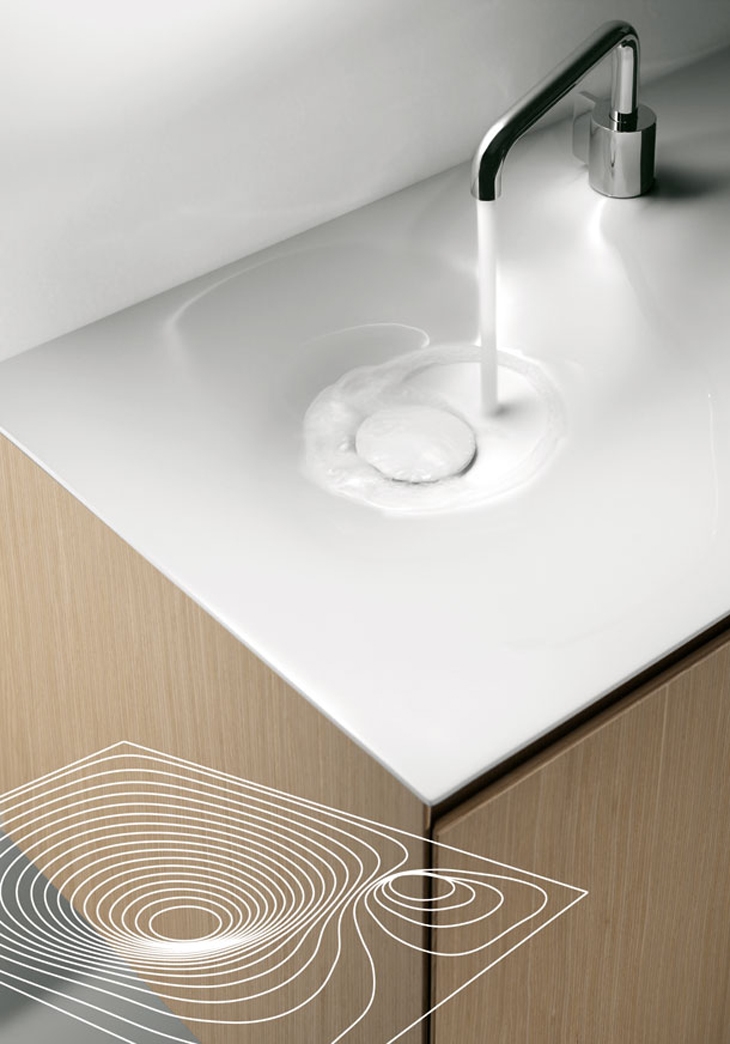 (C) MARTÍN AZÚA
(C) MARTÍN AZÚA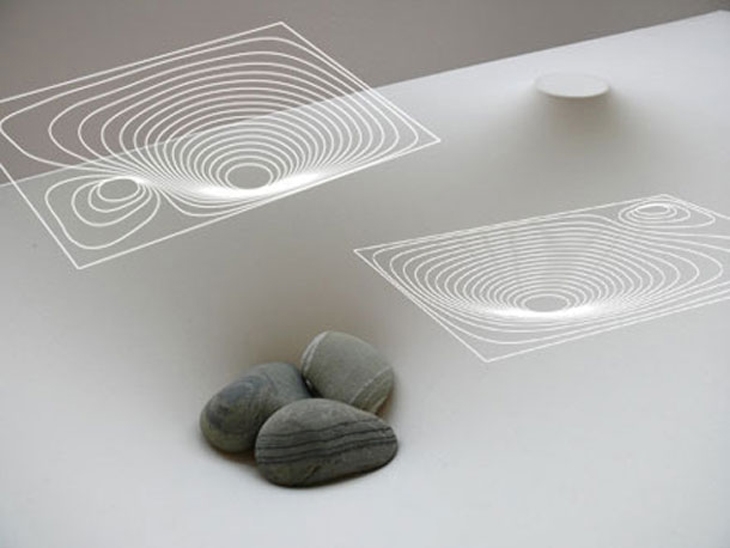 (C) MARTÍN AZÚA
(C) MARTÍN AZÚA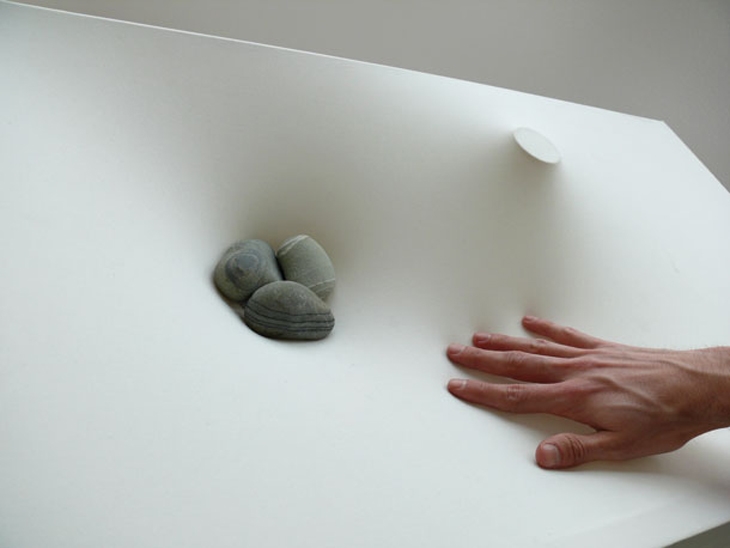 (C) MARTÍN AZÚA
(C) MARTÍN AZÚA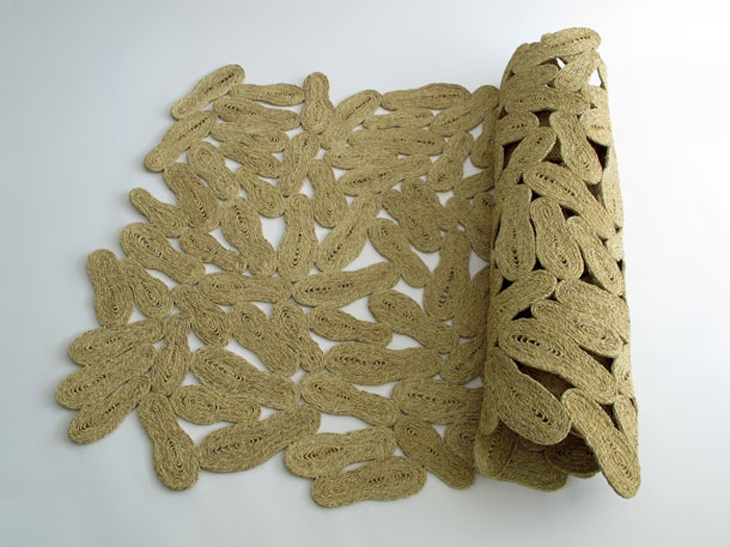 PHOTOGRAPHY BY MARTÍN AZÚA
PHOTOGRAPHY BY MARTÍN AZÚA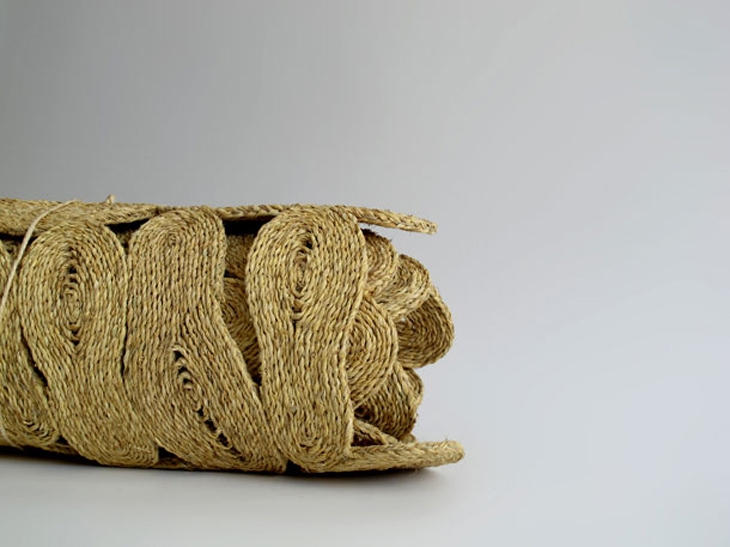 PHOTOGRAPHY BY MARTÍN AZÚA
PHOTOGRAPHY BY MARTÍN AZÚA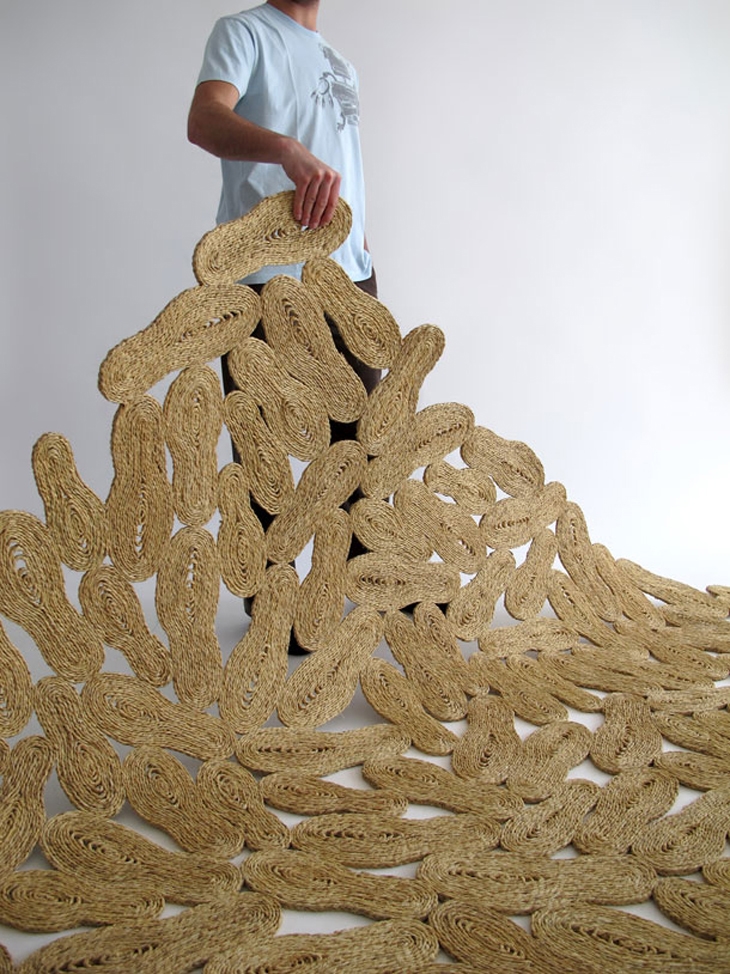 PHOTOGRAPHY BY MARTÍN AZÚA
PHOTOGRAPHY BY MARTÍN AZÚA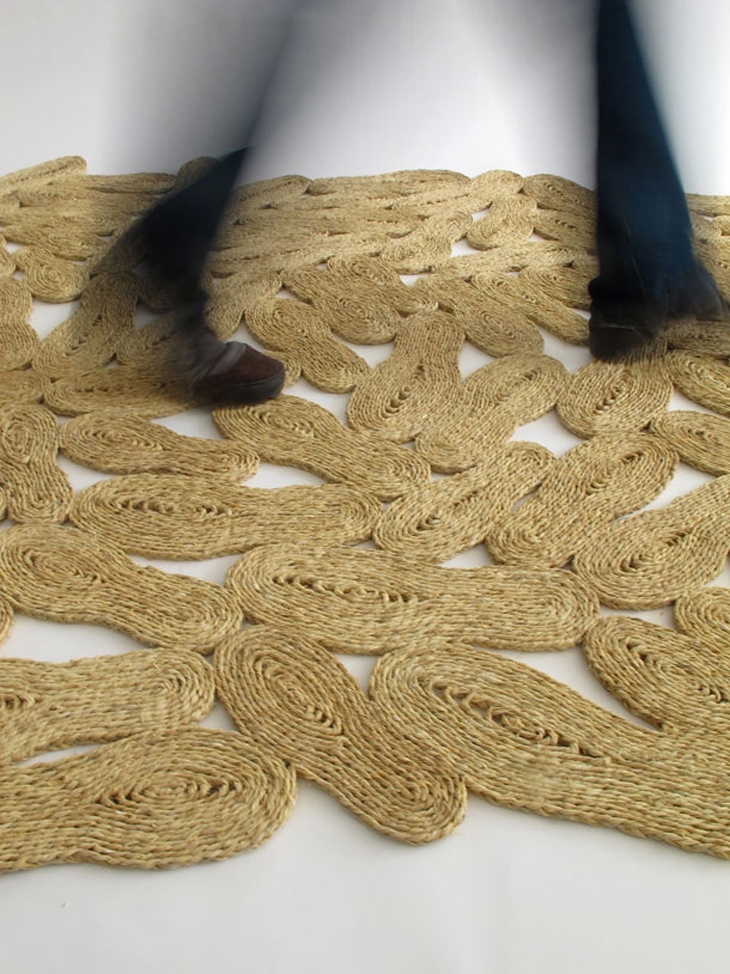 PHOTOGRAPHY BY MARTÍN AZÚA
PHOTOGRAPHY BY MARTÍN AZÚAREAD ALSO: NAHTRANG STUDIO WINNERS OF THE SILVER DELTA AWARDS'12 WITH BALISA PILE